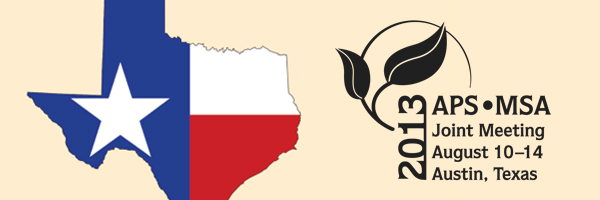APS Homepage
Back

Special Session: Status and Challenges in Identification and Diagnosis of Graminicolous Downy Mildews
© 2013 by The American
Phytopathological Society. All rights reserved.
46-S
Taxonomy and phylogeny of graminicolous downy mildews.
M. Thines (1), S. TELLE (1)
(1) Biodiversity and Climate Research Centre (BiK-F), Frankfurt am Main, Germany
Graminicolous Downy Mildews (GDM) are neglected oomycete diseases that can have devastating effects on subsistence farmers in the semi-arid tropics and substropics. But they are also posing a threat to global agriculture as many of the the species have been reported to be pathogenic to maize and some have been reported as pathogens of sorghum. The taxonomy of GDM is still in flux, owing to original descriptions that often only include either the sexual or the asexual stage of the pathogens. Phylogenetic investigations have revealed that indeed several otherwise highly specific GDM are able to infest maize, which include lineages of unclear taxonomic affinity and new species. For efficient quarantine regulation, these lineages need to be described and discriminated from other species. As a consequence, two new species of Peronosclerospora have recently been described from Australia, P. sargae and P. australiensis, the latter of these is also pathogenic to maize. Other species still need to be defined taxonomically. In addition, phylogenetic investigations have shown that most of the distinct phylogenetic lineages have a regional distribution and could probably be contained in their native range, if appropriate measures were taken.